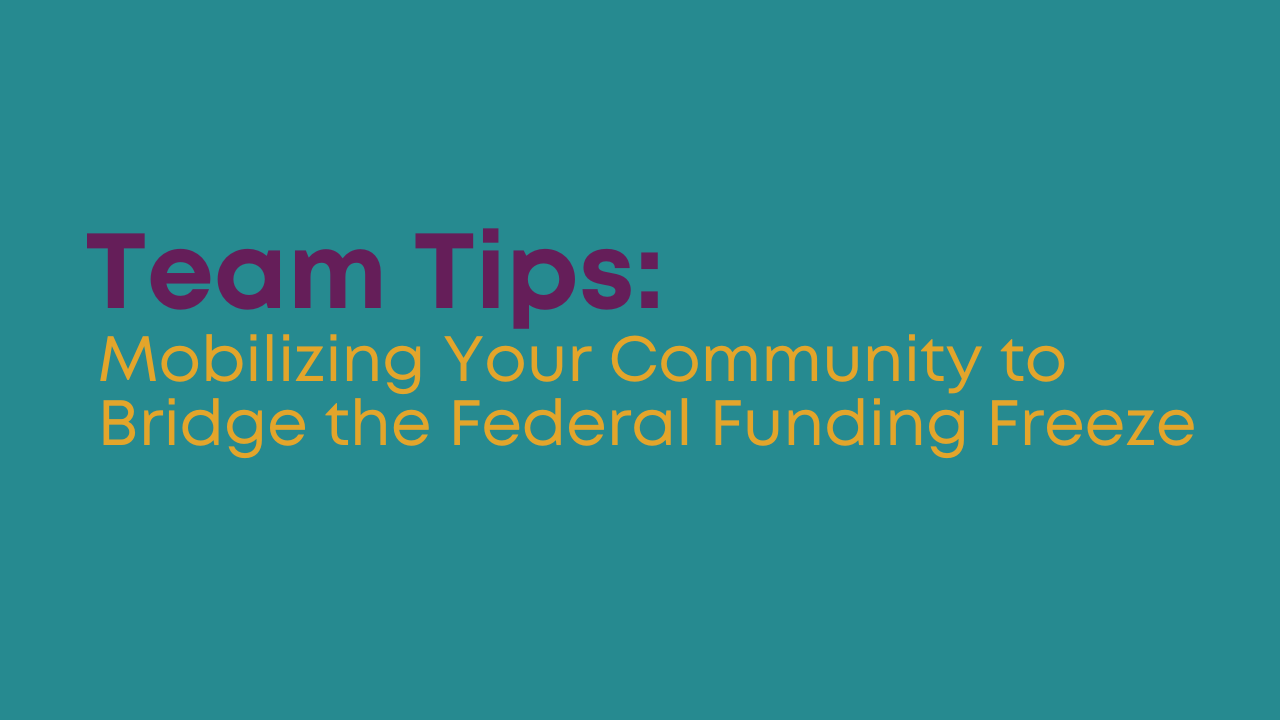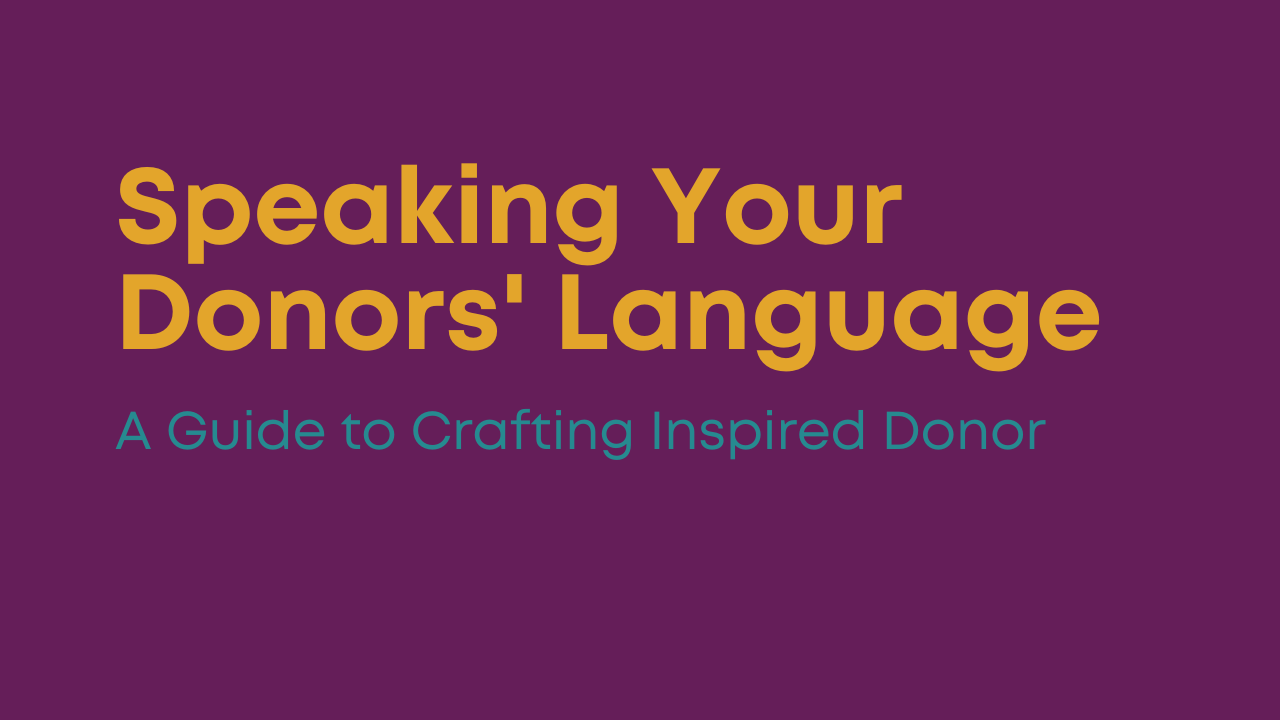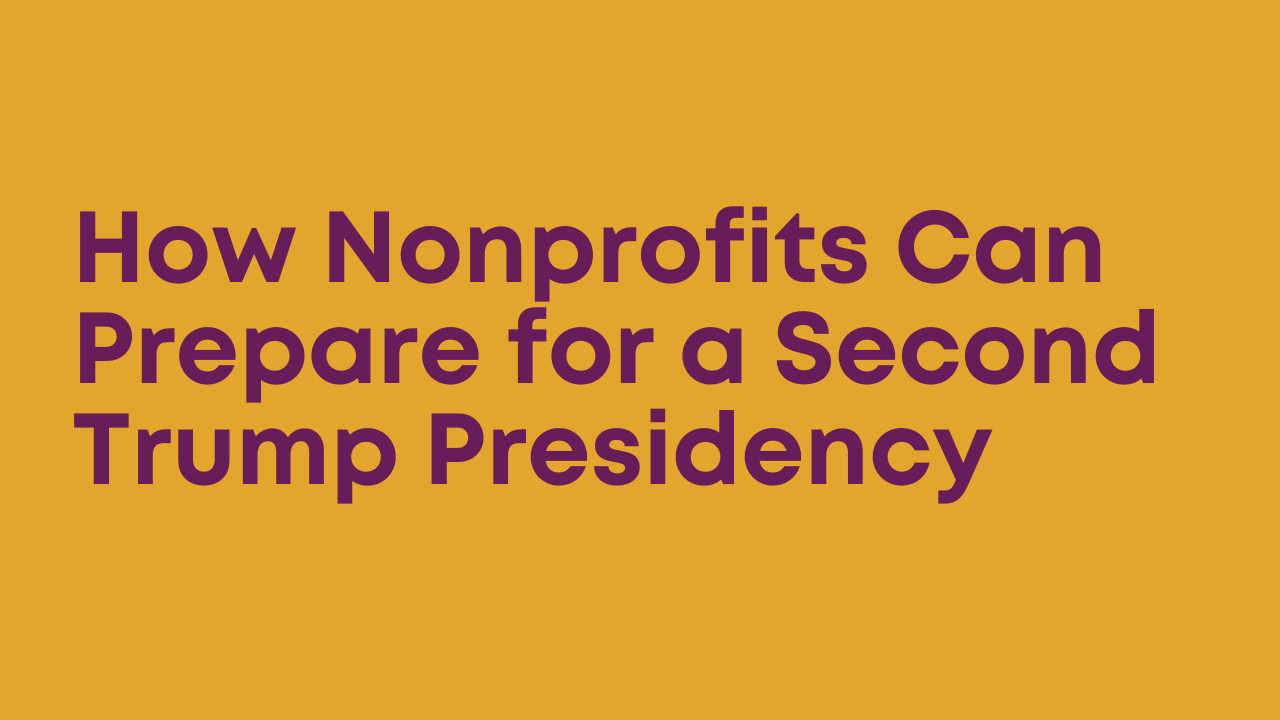From Mail to Mobile: Crafting a Cohesive Multi-Channel Donor Strategy
Today's digital landscape offers nonprofits more ways than ever to connect with donors. From tried-and-true direct mail to the latest social media platforms, the options can be both exciting and a bit daunting. With all these channels at our fingertips, how do we figure out which ones to use and when?
Enter the multi-channel approach to donor engagement. A multi-channel approach lets you reach donors where they are, with messages that resonate across different platforms. It's not about being everywhere all the time. Instead, it's about crafting a donor experience that feels personal and cohesive, whether someone's reading your email, browsing your website, or scrolling through social media.
Why Multi-Channel Matters
Gone are the days when a single annual appeal letter was enough to sustain your donor relationships.Today's supporters interact with organizations across multiple platforms - from their mailbox to their inbox, and everywhere in between. As fundraisers, we need to adapt to this new reality.
This is where the multi-channel approach comes in. It's not about bombarding donors with messages on every possible platform. Instead, it's about creating a cohesive, integrated experience that meets donors where they are and engages them effectively. But you might be wondering: does this approach really make a difference?
The numbers speak for themselves. Let's look at some compelling statistics from a 2021 study by NextAfter:
Adding email engagement for mail donors increased average gift size by 90% and retention rates by 29%.
Multi-channel donors have an annual value more than 3 times greater than single-channel donors.
Donor retention rates jump from 36-43% for single-channel donors to 67% for multi-channel donors.
A phone call within 90 days of a gift can increase retention rates by 8% and subsequent gift sizes by 100%.
A multi-channel approach isn't just a trendy buzzword - it's a powerful strategy that can significantly boost your fundraising efforts. It's not about overwhelming your donors with constant messages. Rather, it's about crafting a thoughtful engagement plan that leverages the strengths of each channel to create a seamless donor experience.
Implementing a Multi-Channel Strategy
Now that we've established the importance of a multi-channel approach, let's dive into how to implement it effectively. Our goal isn't to overwhelm donors with messages on every possible platform. Instead, we want to create a thoughtful, cohesive engagement plan that leverages the strengths of each channel.
A well-executed multi-channel strategy allows you to reach donors where they are, with the right message, at the right time.
Create a Unified Communications Calendar
Develop a detailed calendar that outlines your engagement plans for each donor segment across all channels. This helps ensure your efforts are coordinated and complementary.
Start with a yearly overview of major campaigns and events
Break down each month into specific touchpoints for different donor segments
Include details like message themes, call-to-actions, and responsible team members
Use color-coding or symbols to easily visualize the use of different channels
Design Specific Donor Journeys
Map out how donors will interact with your organization across different channels. This personalized approach can significantly improve donor engagement and retention.
Create journey maps for different donor types (e.g., new donors, recurring donors, major donors)
Include a mix of solicitation, stewardship, and engagement touchpoints
Consider the donor's perspective: what do they need to know, feel, or do at each stage?
Leverage Channel Strengths
Each channel has its unique strengths. By using them strategically, you can create a more effective and engaging donor experience.
Email: Use for timely updates, event reminders, and short impact stories
Direct Mail: Ideal for in-depth storytelling, annual reports, and major gift solicitations
Social Media: Great for community building, sharing quick updates, and promoting events
Phone Calls: Perfect for personal connections, major gift follow-ups, and donor appreciation
Text Messages: Useful for urgent appeals or event reminders (but use sparingly)
Cross-Channel Reinforcement
Use one channel to boost another. This creates a cohesive message and increases the chances of donor engagement.
Send a postcard to remind donors about an upcoming digital campaign
Use retargeted social media ads to reinforce a direct mail appeal
Share snippets of your direct mail newsletter content on social media
Include social media handles and website URLs in your print materials
Collect Multi-Channel Contact Information
Actively work to gather various contact points for your donors. The more ways you have to reach a donor, the more effective your multi-channel strategy can be.
Send annual surveys to update donor information
Always provide easy ways for donors to opt-in (and opt-out to keep your lists clean) to different communication channels
Include contact update requests in your regular communications
Use event registrations as an opportunity to gather more contact details
Track and Analyze
Regularly review the effectiveness of your multi-channel efforts. This will help you refine your strategy over time.
Set benchmarks for how many donors you can reach through each channel
Track improvements in engagement rates, donation amounts, and donor retention
Conduct A/B tests to compare the effectiveness of different channel combinations
Review your data quarterly to identify trends and adjust your strategy accordingly
Overcoming Challenges
Implementing a multi-channel approach isn't without its hurdles. Here are a few common challenges and how to address them:
Data Management: Invest in a robust CRM system that can track donor interactions across channels.
Content Creation: Develop a content strategy that allows for easy adaptation across different platforms.
Donor Preferences: Always respect donor preferences for how they want to be contacted. Provide easy opt-out options for each channel.
Resource Allocation: Start small if needed. Even adding one additional channel can make a significant difference.
By anticipating challenges and implementing solutions, you can navigate the complexities of multi-channel engagement more smoothly. Transitioning to a multi-channel approach is a journey, not a destination. It's about continuous learning, adapting, and refining your strategy. You may encounter bumps along the way, but each challenge overcome is a step towards more effective donor engagement and, ultimately, greater impact for your cause.
TL:DR
A multi-channel approach to donor engagement isn't just about using more platforms; it's about creating a cohesive, donor-centric experience that meets supporters where they are. By implementing these strategies, you can build stronger relationships with your donors, increase retention rates, and ultimately, raise more funds to support your mission.
The goal isn't to be everywhere, but to be where your donors are, with the right message, at the right time. Start small, test different approaches, and continuously refine your strategy. You might stumble a bit as you find your footing, but that's all part of the process. Keep at it, and before you know it, you'll have a multi-channel strategy that is running smoothly. Your donors will appreciate the thoughtful engagement, and your mission will reap the benefits.
This blog post was authored by Common Great Senior Consultant, Kirsten Rogers. Learn more about Kirsten here and click here to book a Power Session with her. A Power Session is a 60-minute, on-demand meeting that can be used to address your nonprofit’s priorities, ask questions, discuss barriers, and more.



